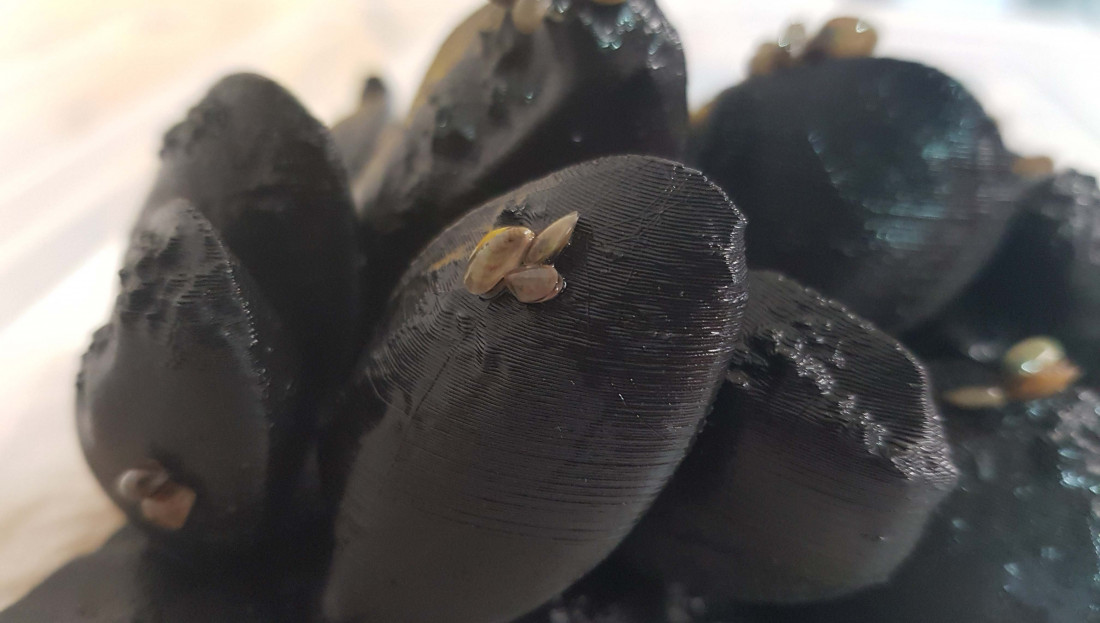Getting closer to solutions for marine structures
Date
25 March 2022
The battle against marine pests will rapidly get easier if we can prevent them from growing on artificial structures like marina pontoons, wharf piles and seawalls. The Marine Biosecurity Toolbox – a New Zealand led collaborative research programme - has some promising leads.
This includes the use of air bubbles as antifoul – essentially bubble streams around underwater infrastructure like marina pontoons and wharf piles, enhancing native species on structures at the expense of marine pests in a process called ecological engineering, and the use of native grazing shellfish to reduce biofouling on structures.
“We look forward to evaluating the performance of our developing technologies via longer-term trials,” says Oliver Floerl of the Cawthron Institute, co-lead of the Marine Biosecurity Toolbox programme.
He explains that along with R&D and prototype development, economists within the Toolbox are determining the cost-benefit of their technologies so that those who own and operate marine structures – whether private, councils, marina developers and operators, port operators or the aquaculture industry – can understand the benefits relative to the investment needed or the cost of managing marine pests in other ways.
“We’ve had challenges, like everyone else, in the last two years with getting out and trialling our developing technologies in the field. But what we’ve to date is very encouraging and we are excited about having further results to share soon.”
Learn more about Marine Biosecurity Toolbox projects
